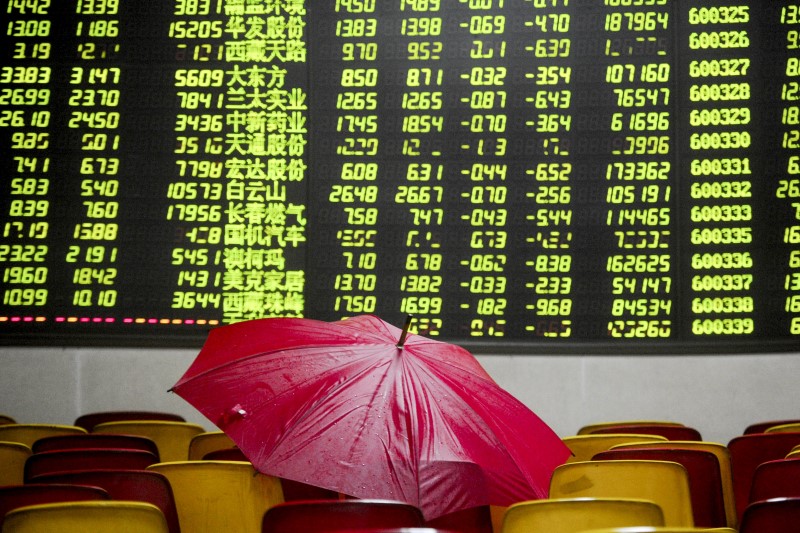This post was originally published on this site
https://i-invdn-com.akamaized.net/news/LYNXMPEC050CV_M.jpg
Here we go again: China’s financial markets have some catching up to do after an extended holiday, and most of it is bad news.
Mainland investors will have their first chance to react to the cautious shift in sentiment globally when onshore stock, currency and bond markets open Wednesday. International trading suggests a negative start to May: Chinese shares in Hong Kong sank more than 4% on Monday, while the offshore yuan is treading toward an all-time low.
On the bright side, China’s market reopen is unlikely to look anything like February’s, when stocks fell as much as 9.1% and the yuan tumbled the most in six months. A long list of targeted support measures since have eased concern over cratering domestic demand, and markets have stabilized. The nervousness this time will come from escalating political tensions with the U.S., with the blame-game over the origin of the coronavirus threatening to undermine a trade deal signed only months ago.
One key signal for the currency could come with the central bank’s daily fixing at 9:15 a.m. local time. A weaker-than-expected reference rate could show China is willing to let the yuan depreciate, while anything stronger could suggest it wants to limit declines. For stocks, investors are now putting a price on the bleak economic outlook globally that could hamper a recovery for corporate earnings after the worst start to a year since 2003.
After a steady but underwhelming month for Chinese assets, investors are counting on more stimulus from Beijing as the catalyst that will recharge the country’s financial markets. In April, the Shanghai Composite Index lagged the MSCI (NYSE:MSCI) Inc. index of global stocks by the most in almost two years. The yuan eked out a small gain, while the yield on 10-year sovereign debt held near an 18-year low.
Currency traders aren’t expecting the yuan to go wild: at 6.4%, the offshore rate’s one-month implied volatility is below this year’s peak of nearly 10%. Its 12-month forward points, an indicator for investors’ bearishness, are near their 50-day moving average.
For China’s fixed-income market, the question is whether the looming wall of supply could derail this year’s rally in sovereign debt. Local governments are expected to sell some 1 trillion yuan ($142 billion) of bonds in May, the most on record. Commercial banks, which hold a large chunk of China’s sovereign debt, may switch into higher-yielding local government bonds.
The top focus for China investors going into the holiday was May 22, the start of the key annual meetings of the country’s top legislature. But renewed concern over trade — at a time when overseas demand is already so weak — could overshadow any measures China announces to help boost growth at home.
©2020 Bloomberg L.P.

